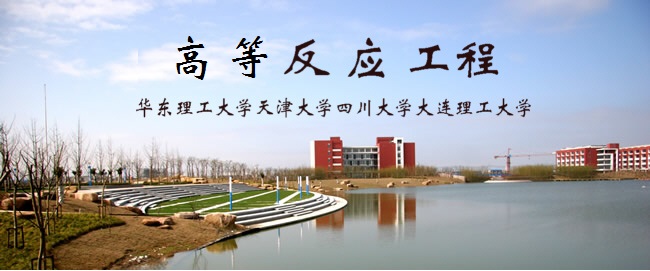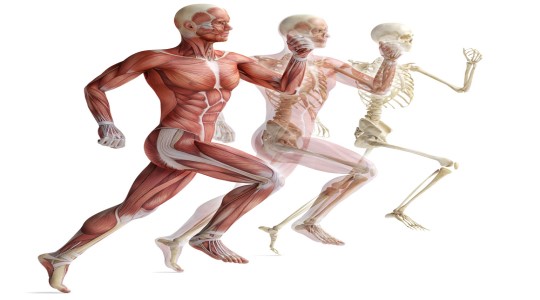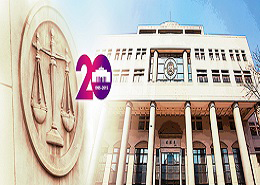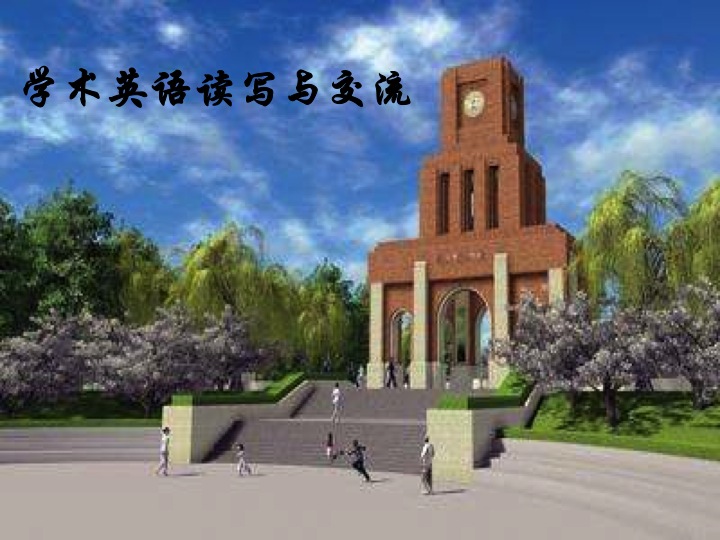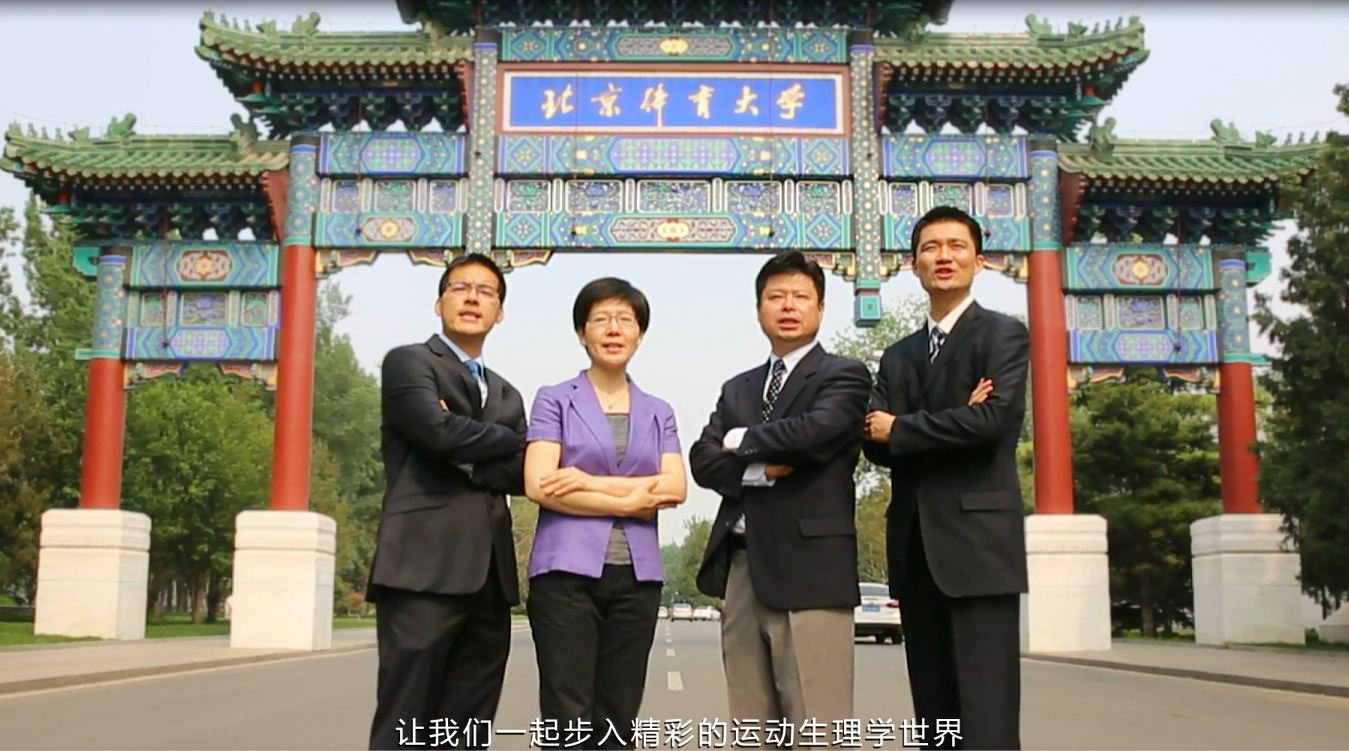
当前课程知识点:英语电影与文化 > Unit 12 The English Patient: Critical Analysis > Unit 12 The English Patient: Critical Analysis > Unit 2 Film Form II
Raymond Williams (1921-88)
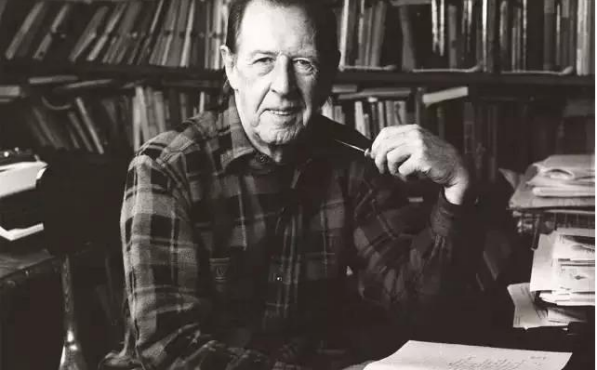
Raymond Williams was a Welsh Culture analyst and literary critic. His “serious” attention to “ordinary culture” was a key influence on the development of the idea of cultural studies, of which he is normally seen as a founding figure.
Born into a Welsh working-class family, Williams studied at Cambridge before serving as a tank commander in the Second World War. He returned to Cambridge after the war to complete his degree. He taught for the Workers’ Educational Association during the 1950s, before returning to Cambridge to take up a lectureship in 1961. He was appointed Professor of Drama in 1974.
Williams’s earliest work addressed questions of textual analysis and drama and can be seen as reasonably conventional in approach, if not emphasis. His influence was enhanced and reputation made by two key books: Culture and Society (1963) and The Long Revolution (1965). The former re-examined a range of authors to chart the nature of the formation of culture as a response to the development of industrialism. The latter pointed to the democratic potiential of the “long revolution” in culture. Williams distanced himself from the elitist and conservative perspectives of F. R. Levis and T. S. Eliot in arguing for both socialist transformation and cultural democracy. Williams emphasized these themes in Communications (1962) which also contained some proto-typical media analysis. Television was the subject of the later Television: Technology and Cultural Form (1974) which introduced the concept of “flow”. From the 1960s on, Williams’s work became more influenced by Marxism, resulting in Marxism and Literature (1977) and Culture (1981). His The Country and the City (1973) greatly influenced subsequent interdisciplinary work on space and place. His vast corpus of work also addressed drama, cultural theory, the environment, the English novel, the development of language and, in the period before his death, Welshness. He was also a prolific novelist.
The impact of Williams’s rather dense and “difficult” writings was oftern in terms of his overall approach, cultural materialism, and emphasis rather than in the detail of his analyses. His lifelong commitment to socialism, combined with the desire for cultural communication and democracy, was greatly attractive to a generation of scholars. His current status is enhanced by the use of his concept of structure of feeling to study various phenomena from literary texts to urban ways of life.
Excerpt from Elaine Baldwin Introducing Cultural Studies (2005)
-1.1 Overview
--Video
-1.2 Mise-en-scène: setting
--Video
-1.3 Mise-en-scène: lighting
--Video
-1.4 Mise-en-scène: character appearance
--Video
-1.5 Mise-en-scène: performance
--Video
-1.6 Screen space and composition
--Video
-1.7 Case study
--Video
-Unit1 Questions for discussion
-Unit 1 单元测试
-2.1 Introduction of cinematography
--Video
-2.2 Cinematography: angle of framing
--Video
-2.3 Cinematography: camera distance
--Video
-2.4 Cinematography: mobile framing
--Video
-2.5 Case study
--Video
-Unit 2 Questions for discussion
-Unit 2 单元测试
-3.1 Overview
--Video
-3.2 Openings, closings, and story development
--Video
-3.3 Range of story information: restricted or unrestricted
--Video
-Unit 3 Questions for discussion
-Unit 3 单元测试
-4.1 Overview
--Video
-4.2 Editing and speed of narrative
--Video
-4.3 Chronology and continuity editing
--Video
-4.4 Flashbacks and editing
--Video
-Unit 4 Questions for Discussion
-Unit 4 单元测试
-5.1 Overview
--Video
-5.2 What is semiotics?
--Video
-5.3 Christian Metz
--Video
-5.4 Roland Barthes (Part 1)
--Video
-5.5 Roland Barthes (Part 2)
--Video
-5.6 Case study: 2001: A Space Odyssey
--Video
-Unit 5 Questions for Discussion
-Unit 5 单元测试
-6.1 Overview
--Video
-6.2 Origins of film ideology
--Video
-6.3 Media and technology
--Video
-6.4 Cultural hegemony and counterhegemony
--Video
-6.5 Case study: Star Trek
--Video
-Unit 6 Questions for discussion
-Unit 6 单元测试
-7.1 Overview
--Video
-7.2 Woman and film
--Video
-7.3 Feminist film theory and practice
--Video
-7.4 Case study: Three Billboards Outside Ebbing, Missouri
--Video
-7.5 Masculinity
--Video
-7.6 Queer Cinema
--Video
-Unit 7 Questions for discussion
-Unit 7 单元测试
-8.1 Overview
--Video
-8.2 Race and racism
--Video
-8.3 Stereotypes of racial representation
--Video
-8.4 Whiteness
--Video
-8.5 Case study: Rabbit-Proof Fence
--Video
-Unit 8 Questions for discussion
-Unit 8 单元测试
-9.1 Overview
--Video
-9.2 Edward Said and Orientalism
--Video
-9.3 Cultural Imperialism
--Video
-9.4 Self-orientation
--Video
-9.5 Case study I: Mulan
--Video
-9.6 Case study II: M Butterfly
--Video
-Unit 9 Questions for discussion
-Unit 9 单元测试
-10.1 Overview
--Video
-10.2 Early Background
--Video
-10.3 Jacques Lacan
--Video
-10.4 Laura Mulvey
--Video
-10.5 Case Study: Shutter Island
--Video
-Unit 10 Questions for discussion
-Unit 10 单元测试
-Unit 10 Film and Psychoanalysis
-11.1 Overview
--Video
-11.2 Story
--Video
-11.3 Character: the enigmatic English patient
--Video
-11.4 Mise-en-scène: setting
--Video
-11.5 Narrative
--Video
-11.6 Music
--Video
-Unit 11 Questions for discussion
-Unit 11 单元测试
-Unit 11 The English Patient: Form and Narrative
-12.1 Signs and Symbols
--Video
-12.2 Nationalism in The English Patient
--Video
-12.3 Almasy as the misogynist and Katharine as a feminist
--Video
-12.4 Kip as the Other
--Video
-Unit 12 Questions for discussion
-Unit 12 单元测试
